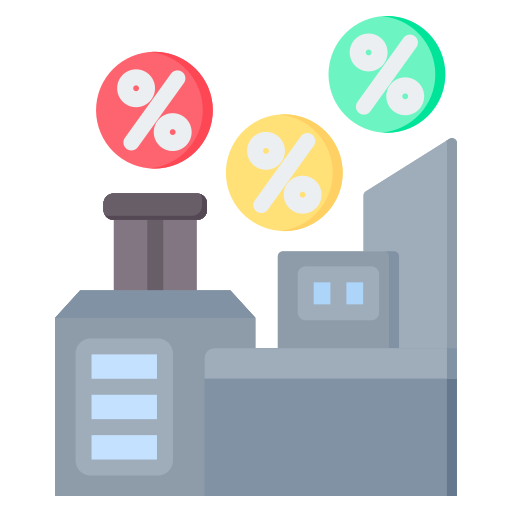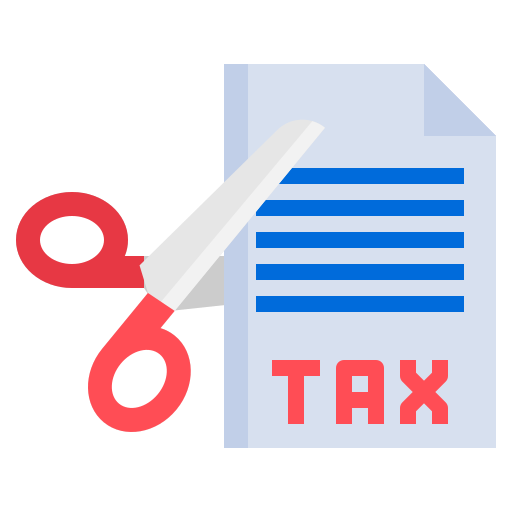Last Updated: January 2024

For over 100 years, rental property 1031 exchanges have been a wealth building tax tool for real estate investors. By using a 1031 exchange, investors can continually grow their real estate portfolio while deferring taxes, until they sell their property for cash. The rules surrounding rental property 1031 exchanges can be complex, involving specific timelines and requirements for the exchanged properties. Understanding this overall process and its rules is essential for real estate professionals and investors looking to maximize and grow their portfolio.
What is a 1031 Exchange?
A 1031 exchange, named after Section 1031 of the U.S. tax code, is a strategy used in real estate investing to defer paying capital gains taxes on an investment property when it’s sold. To qualify, the investor must reinvest the proceeds from the sale into another “like-kind” property, essentially swapping one investment property for another. This method allows an investor to defer capital gains tax, which can lead to more funds being available for reinvestment. It’s important to note that there are specific rules and timelines that must be adhered to for a 1031 exchange to be valid (see below).
1031 Exchange Rules
Section 1031 of the Internal Revenue Code provides real estate investors with a valuable tool to defer capital gains tax, however in order to take advantage of these benefits, investors must adhere to a set of stringent rules:
- Like-Kind Property: The properties exchanged must be of “like-kind,” which in real estate terms is fairly broad and typically means that any type of investment property can be exchanged for any other type of investment property.
- Investment or Business Property Only: Both the rental property being sold and the property being acquired must be used for business or investment purposes.
- Greater or Equal Value: To fully avoid paying any taxes upon the sale of your property, the net market value and equity of the property purchased must be the same as, or greater than, the property sold.
- Cannot Receive “Boot”: “Boot” is any additional value received in the transaction that is not “like-kind,” such as cash or relief from debt. If you receive boot, it may be subject to capital gains tax.
- 45 Day Identification Window: Post-closing of the first property, the seller has 45 days to identify up to three potential properties for acquisition.
- 180 Day Purchase Window: The replacement property must be purchased within 180 days of the sale of the old property.
- Same Tax Payer: The tax return, and name on the title of the property being sold, must be the same as the tax return and title on the property being acquired.
- Use of a Qualified Intermediary (QI): The transaction must be executed by a Qualified Intermediary (QI), as the investor cannot touch the money in between the sale of the initial property and the purchase of the replacement property.
How to Do a 1031 Exchange (Actionable Steps)
The process of successfully executing a 1031 exchange requires careful planning and strict adherence to the prescribed timelines and regulations. Here are the basic 7 steps of how the process works:
- Plan Your Strategy: Before selling your property, decide if a 1031 exchange is the best strategy based on your real estate investment financial goals. Consulting with a tax advisor or real estate attorney can be beneficial.
- List Your Property: List your rental property for sale as you would in a traditional transaction. Make sure potential buyers are aware that the sale is part of a 1031 exchange.
- Hire a Qualified Intermediary (QI): Hire a QI before you close the sale. The QI is necessary to facilitate the transaction and hold the funds between the sale of the relinquished property and the purchase of the replacement property.
- Close on Your Relinquished Property: At closing, the sales proceeds go to the QI, who holds the funds until they’re used to buy the replacement property.
- Identify Replacement Property(s): Within 45 days of the sale, identify up to three potential replacement properties. You must provide the addresses to your QI in writing. Utilizing online real estate for sale platforms is a great way to find properties for sale.
- Purchase Replacement Property: You must close on the replacement property within 180 days of selling your old property. The QI will use the funds they’re holding to buy the property. Although there is a sense or urgency, be sure to do sufficient due diligence such as reviewing the new investment property’s financial statements.
- Complete Required IRS Forms: Your QI will help you complete the necessary IRS forms (Form 8824) to report the exchange on your tax return for the year in which the exchange occurred.
Rental Property 1031 Exchange Example
Let’s consider the following example to illustrate how 1031 Exchanges work. Imagine you’re an investor who bought a rental property in a thriving neighborhood several years ago for $250,000. Due to property appreciation, it’s now worth $500,000. You’ve been managing the property but the property tax rate keeps increasing so you decide to sell the property, which would trigger a capital gains tax on your $250,000 profit.
However, you decide to use a 1031 exchange to defer this tax. After selling your property, you have 45 days to identify a “like-kind” property – meaning, it’s of the same nature or character, typically another investment or business property. You find another rental property on the market for $500,000. You use all proceeds from your initial property sale to buy this new rental property. Since you’re reinvesting the profits into a like-kind property, the 1031 exchange lets you defer capital gains tax.


1031 Exchange Pros and Cons
A 1031 exchange can be a powerful tool for real estate investors looking to defer capital gains tax, but like any investment strategy, it has its advantages and disadvantages. Understanding these pros and cons can help investors make informed decisions about whether a 1031 exchange is suitable for their situation.
| 1031 Exchange Pros | 1031 Exchange Cons |
|---|---|
| Tax Deferment: A 1031 exchange allows investors to defer capital gains tax, providing more capital for investment in the replacement property. Investors can supercharge their tax deferment by investing proceeds into an opportunity zone. | Strict Rules and Deadlines: The IRS imposes stringent rules and strict deadlines for identifying and acquiring a replacement property, which some investors may find challenging. |
| Portfolio Growth: By deferring taxes, investors can use more capital to grow and diversify their real estate portfolio. | Complexity: A 1031 exchange can be complex to execute, often requiring assistance from a Qualified Intermediary and potentially a tax advisor or attorney. Examples of this include reconciling previous landlord deductions taken and cost segregation depreciation taken. |
| Flexibility: The “like-kind” rule is broad, offering flexibility in the types of real estate you can exchange. | Deferred Tax Liability: While a 1031 exchange defers taxes, it doesn’t eliminate them. Investors will eventually have to pay taxes when they sell for cash unless they continue to perform 1031 exchanges. |
The #1 Rental Property Newsletter
Once a month, we send out an exclusive Rental Property Market Update with top stories, current mortgage rates, building products, and more. No spam and unsubscribe anytime.


Rental Property 1031 Exchange FAQ
Can You 1031 Exchange a Primary Residence?
Under the U.S. tax code, a primary residence, or property where you live most of the time, does not qualify for a 1031 exchange. Section 1031 is specifically designed for investment and business property, not personal use property. However, if you convert your primary residence into a rental or investment property, and meet certain usage and holding period requirements, it may then qualify for a 1031 exchange.
Can You 1031 Exchange Land?
Yes, you can perform a 1031 exchange with raw land, as the Internal Revenue Service (IRS) considers it a like-kind property for exchange purposes, even if you’re exchanging it for developed property such as residential or commercial real estate. The critical factor is that both properties—the one you’re selling and the one you’re acquiring—must be held for investment or used in a trade or business.


Can You 1031 Exchange a Vacation Property?
Yes, you can perform a 1031 exchange with a vacation property, however, certain conditions must be met to qualify under IRS rules. Primarily, the vacation property must be held for investment purposes, not just personal use. Prior to 2008, many vacation homes were exchanged under Section 1031, but the IRS has since tightened the rules. Now, to be safe, the property should be rented out at least 14 days per year at a fair rental price for the last two years, and your personal use should be limited to 14 days per year or 10% of the number of days the home is rented, whichever is greater.
About the Author


Ryan Nelson
I’m an investor, real estate developer, and property manager with hands-on experience in all types of real estate from single family homes up to hundreds of thousands of square feet of commercial real estate. RentalRealEstate is my mission to create the ultimate real estate investor platform for expert resources, reviews and tools. Learn more about my story.
More Rental Real Estate Tax Guides
Disclaimer: The information provided on this website does not, and is not intended to, constitute financial advice. As such, all information, content, and materials available on this site are for general informational purposes only. Please review our Editorial Standards for more info.







